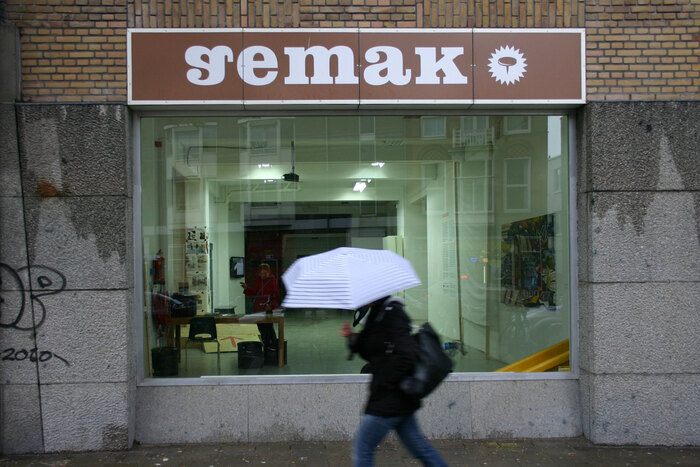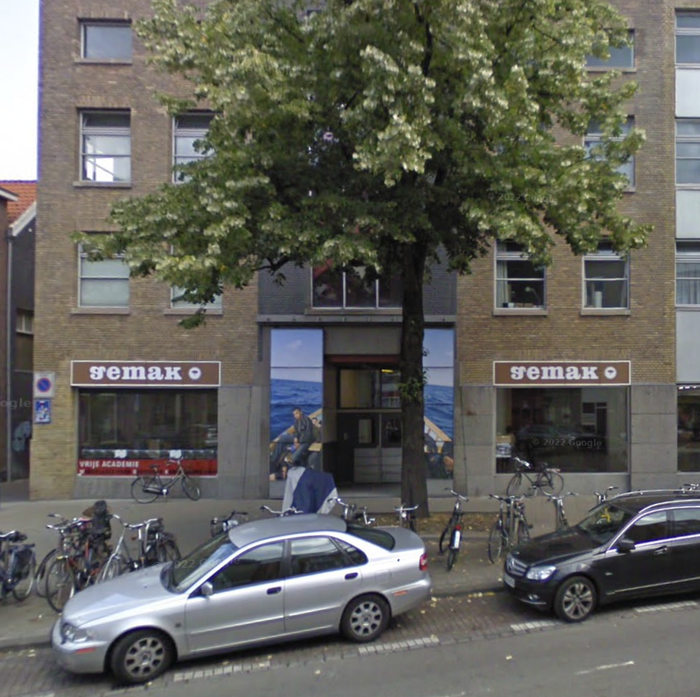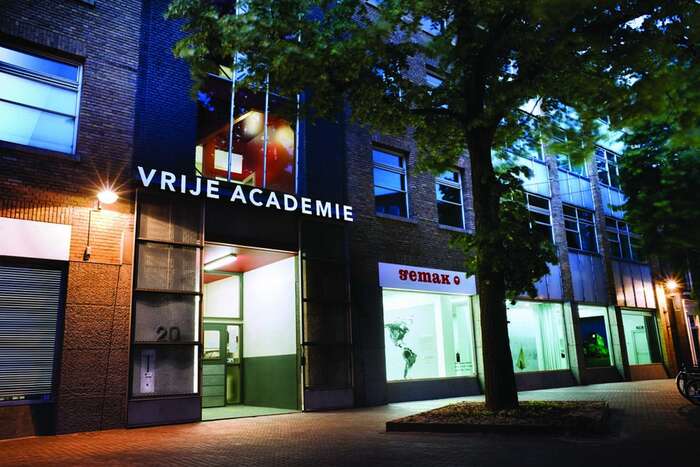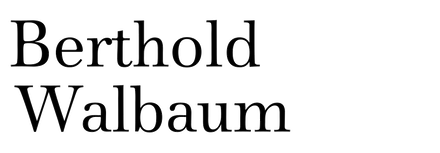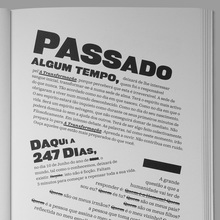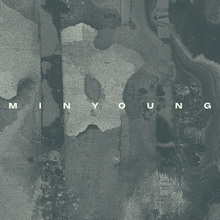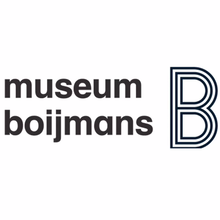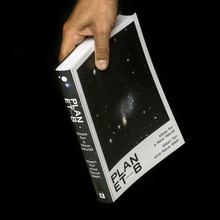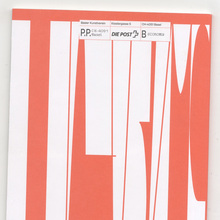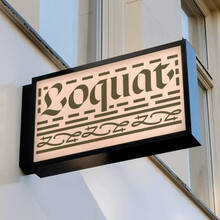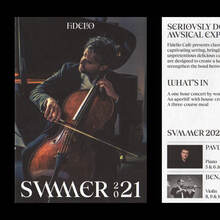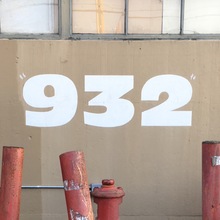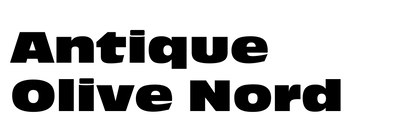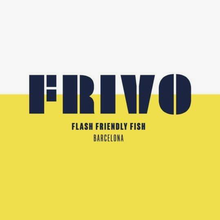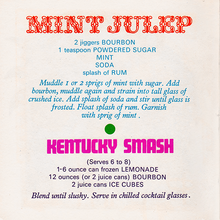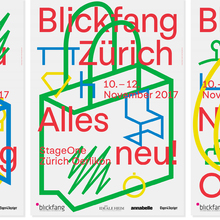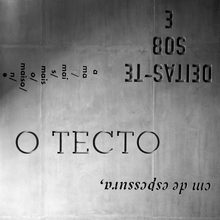Sign in to participate.
- Topics
- Activism (770)
- Architecture (1015)
- Art (3345)
- Automotive (244)
- Business/Finance (520)
- Education/Academia (1590)
- Entertainment (1151)
- Event (2189)
- Fashion/Apparel (1136)
- Film/TV (1461)
- Food/Beverage (2262)
- Governmental/Civic (526)
- Graphic Design (2383)
- Health/Fitness (607)
- Home/Interior (621)
- Industrial Design (404)
- Institutional (972)
- Kids (597)
- Lifestyle (1060)
- Literature (2212)
- Local (1022)
- Music (4543)
- News (482)
- Performing Arts (709)
- Politics (601)
- Product (1274)
- Religion/Spirituality (293)
- Retail/Shopping (785)
- Science/Nature (760)
- Services (1024)
- Social Media (212)
- Sports (541)
- Technology (1037)
- Transportation (255)
- Travel (614)
- Formats
- Advertising (1579)
- Album Art (3011)
- Art/Illustration (430)
- Booklets/Pamphlets (1711)
- Books (4762)
- Branding/Identity (5675)
- Ephemera (905)
- Exhibition/Installation (768)
- Film/Video (770)
- Infographics/Maps (422)
- Magazines/Periodicals (1509)
- Mobile/Tablet (504)
- Newspapers (232)
- Object/Product (816)
- Packaging (1693)
- Posters/Flyers (4114)
- Signs (1605)
- Software/Apps (222)
- Web (3877)
- Typefaces
- Adobe Caslon (72)
- Adobe Garamond (50)
- LL Akkurat (76)
- Aktiv Grotesk (56)
- Akzidenz-Grotesk (338)
- Akzidenz-Grotesk Condensed (62)
- Albertus (69)
- Alternate Gothic (129)
- Amelia (49)
- GT America (120)
- ITC American Typewriter (72)
- Ano (55)
- Antique Olive (71)
- Anzeigen-Grotesk / Neue Aurora IX (54)
- Aperçu (80)
- Apoc (148)
- Arial (165)
- Atlas Grotesk (60)
- ITC Avant Garde Gothic (252)
- Avenir (85)
- Avenir Next (53)
- Baby Teeth (53)
- Baskerville (73)
- Benton Sans (86)
- Berthold Block (50)
- Bodoni (129)
- Brandon Grotesque (96)
- LL Brown (74)
- Brush Script (57)
- Bureau Grot (55)
- Calibre (52)
- Century Expanded (59)
- Century Schoolbook (51)
- Cheltenham (58)
- LL Circular (71)
- Ciutadella (50)
- Clarendon (121)
- Compacta (97)
- Cooper Black (230)
- Copperplate Gothic (62)
- Courier (53)
- Davida (80)
- FF DIN (120)
- Druk (52)
- Druk Condensed (51)
- Druk Wide (69)
- Elephant (Alias) (56)
- Euclid Flex (77)
- Eurostile (194)
- Everett (98)
- Favorit (74)
- Folio (96)
- Founders Grotesk (124)
- Franklin Gothic (230)
- ITC Franklin Gothic (71)
- Futura (958)
- Futura Black (92)
- Futura Condensed (102)
- Futura Display (67)
- Geogrotesque (61)
- Georgia (93)
- Gill Kayo (89)
- Gill Sans (267)
- Gotham (235)
- Grand Slang (53)
- Graphik (123)
- Grotesque No. 9 (48)
- Haas Inserat-Grotesk / Neue Aurora VIII (48)
- Harbour (175)
- Helvetica (1032)
- Helvetica Condensed (114)
- Hobo (71)
- Interstate (91)
- Kabel (83)
- Kabel Black (78)
- Knockout (130)
- Lausanne (162)
- Lydian (68)
- Lyon (72)
- Maison Neue (61)
- Microgramma (64)
- Minion (68)
- Monotype Grotesque (73)
- Montserrat (62)
- Monument Grotesk (48)
- Motter Ombra (72)
- Neue Haas Grotesk (159)
- Neue Helvetica (306)
- Neutraface (79)
- News Gothic (235)
- Ogg (84)
- Omnes (76)
- Open Sans (51)
- Optima (133)
- Palatino (71)
- Plaak (51)
- Plantin (61)
- Proxima Nova (101)
- Roboto (57)
- Rockwell (47)
- GT Sectra (69)
- ITC Serif Gothic (97)
- Sharp Grotesk (56)
- ITC Souvenir (122)
- Sporting Grotesque (49)
- Suisse Int’l (264)
- Suisse Works (80)
- Surt (81)
- Tempo (50)
- Tiempos (84)
- Times (105)
- Times New Roman (220)
- FB Titling Gothic (50)
- Trade Gothic (162)
- Univers (494)
- Venus (52)
- Venus Extended (72)
- Volta (47)
- GT Walsheim (88)
- Windsor (92)
- These are the most common typefaces in the database, but there are many more. Try a search!
- Sign in to participate.
Topics▼ |
Formats▼ |
Typefaces▼ |

